
Malaysia’s architectural landscape still bears the remnants of its colonial heritage, with buildings that showcase the influence of the Portuguese, Dutch, and British eras.
Among these, British colonial architecture is particularly prominent and can be found throughout the country.
From guest houses to Anglican churches, these structures reflect various architectural styles, including Mughal, Tudor Revival, Gothic Revival, and Straits Eclectic.
In this article, we delve into the captivating world of Malaysia’s British colonial buildings, exploring their history, unique features, and cultural significance.
Colonial architecture influence

The British buildings were built toward the end of the 19th and early 20th centuries and feature Mughal, Tudor Revival, Gothic Revival or Straits Eclectic styles of architecture with many hybrid forms.
According to Prof Dr Ghafar Ahmad in his book British Colonial Architecture in Malaysia 1800-1930, most buildings were modified using local materials and architectural traditions.
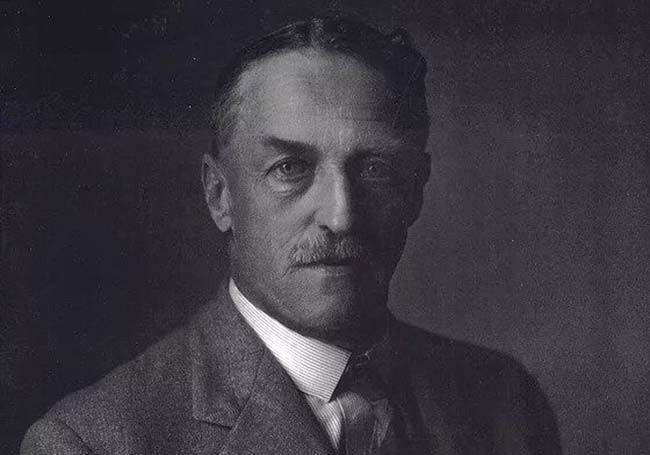
Hideo Izumida, in his article titled “A Study on British Architects in East and Southeast Asia: 1830 – 1940“, enlisted six Royal Institute of British Architects (RIBA) architects who worked in Malaya, and most served in Public Works Department (PWD).
Among them are Regent Alfred John Bidwell (PWD Selangor), C. G. Brother (PWD Alor Setar), Arthur Benison Hubback (PWD Selangor), and F. A. Mallard (PWD Kuala Lumpur), H. A. Neubronner (W. & Neubronner Penang)and Arthur Charles Alfred Norman (PWD Malaya).
A.B. Hubback designed almost 25 buildings in Malaya, some of which are considered today as landmarks in Kuala Lumpur.
Moorish Architectural Styles
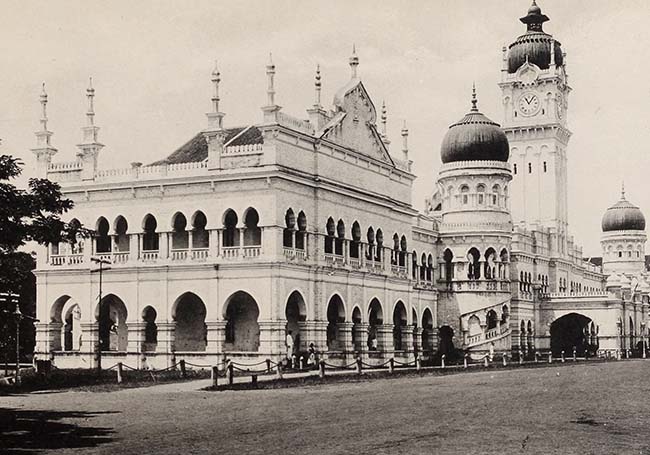
The Moorish influence can be seen many in buildings in the heart of Kuala Lumpur, such as the majestic Sultan Abdul Samad Building and the Kuala Lumpur Old Railway Station.
Sultan Abdul Samad Building was built in 1894 and designed by C. A Norman.
Meanwhile, the Kuala Lumpur Old Railway Station, built on 1911, was designed by A.B. Hubback.
According to Dr Ahmad, the British engineers and architects intended to reflect a more Islamic outlook in their work by integrating the influence of Moorish architecture.
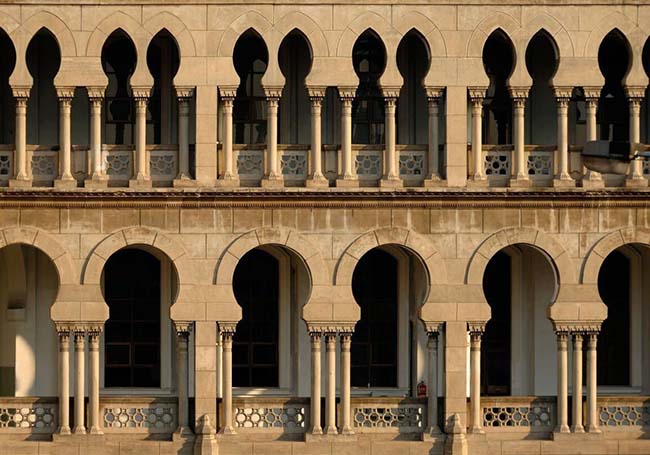
Meanwhile, Ar Chen Voon Fee, in his book The Encyclopedia of Malaysia: Architecture, noted that the design has distinctive arches, distinguished minarets, copper-clad onion-shaped domes and a significant number of multiform archways and sub-domes from Mughal architecture.
The Jamek Mosque and Keretapi Tanah Melayu Administrative Building are other examples of Moorish architecture in Malaysia.
Tudor Architectural Styles
At the turn of the twentieth century, many designs of recreational buildings in Malaysia sought to emulate the Tudor style, mimicking the romantic revivalist movement in Britain.

A notable example of the Tudor style can be seen in public buildings such as the Royal Selangor Club, which was constructed in 1884.
The Royal Selangor Club was initially based in a small wooden building at the corner of the field.
In 1890, it was replaced by a two-storey structure designed by A.C. Norman and rebuilt in 1920 using architect A.B. Hubbock’s design.
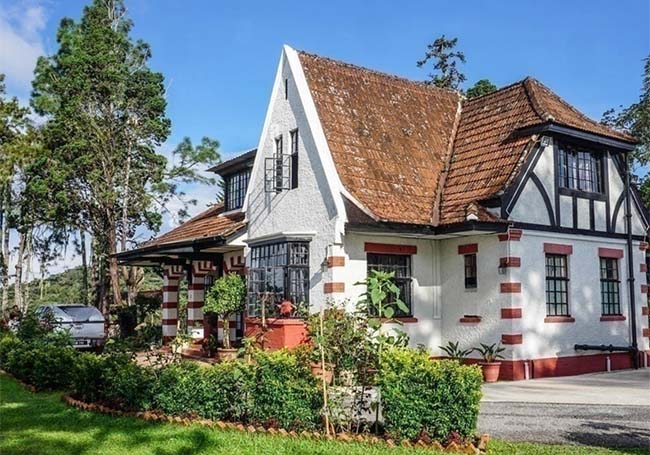
The buildings feature large exposed wooden beams, large groups of rectangular windows, and complex roofs with many gables, typical for some of the earliest social clubs in Malaya.
The British colonial buildings found on Fraser’s Hill and Cameron Highlands owe their characters to British Tudor-style architecture.
Neo-Classical Architectural Styles
The Neoclassical style, the revival of Greek and Roman forms, was already prevailing in England from the mid-eighteenth century. It is mainly seen on the building’s columns, doors and windows.

According to Ahmad Sanusi Hassan and Shaiful Rizal Che Yahaya, who wrote the book Architecture and Heritage Buildings in George Town, Penang, the neoclassical style was a favourite choice in the British Empire as a symbol of democracy in the British Imperialism’s supremacy.
The George Town City Hall building, completed in 1903, combines Neoclassical and Palladian architectural styles. It has been listed as a national monument since 1982 under the Antiquities Act 1976.

The City Hall building was said to have been designed by military engineers Captains Innes and Satterthwaite.
It featured a triangular pediment, Roman and Greek column form and decoration, balustrade (row of posts that supports railing), pilasters (a rectangular column), Venetian windows and a large central entrance of the facade.

Other neoclassical-style buildings in Malaysia are Federated Malay States Railway (FMSR) Building in Penang, Ipoh Railway Station, and Seremban State Library Building.
Neo-Gothic Architectural Styles
The Neo-Gothic architectural style started in the mid-18th century.
The Neo-gothic buildings are often tall as if they are reaching upwards toward the sky.
Another characteristic is its pointed arches. It is meant to be both a support system, a decorative feature, and a larger one to create light interiors.
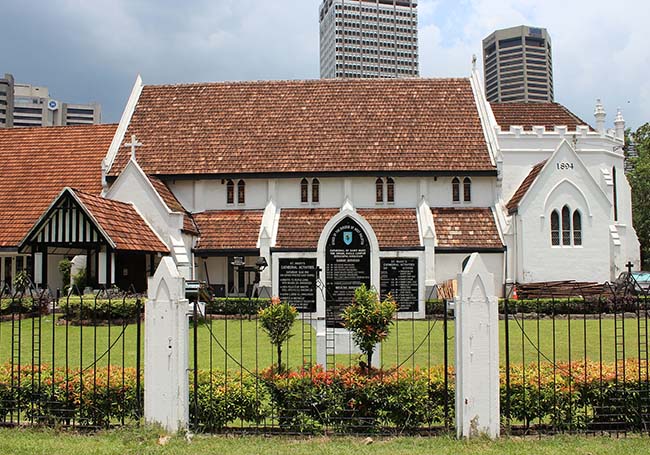
The Neo-Gothic style is demonstrated in religious buildings such as St. Mary’s Cathedral, St. Andrew’s Presbyterian Church, and St. John’s Church.
Another remarkable colonial building that featured a hybrid architectural design combining the Neo-Gothic and Tudor styles is Carcosa Seri Negara.
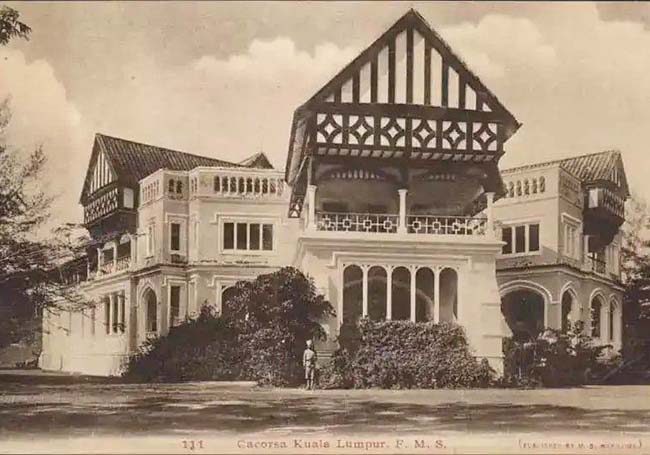
In her thesis titled “Redefining the Vernacular in the Hybrid Architecture of Malaysia, ” Stefanie Sim wrote that the architect had taken cues from the traditional Malay house for the design of Carcosa Seri Negara.
The mansion was completed in 1897 and served as the official residence of Sir Frank Athelstane Swettenham. The features include broad verandahs, high ceilings and full-length windows with balustrades.

Jon Arnold Images Ltd / Alamy Stock Photo
British colonial architects and engineers designed this hybrid architecture for many government and religious buildings in Malaya, marking a new architectural style and symbol of the British administration in this region.
Today it stands as a national heritage monument.











Add comment